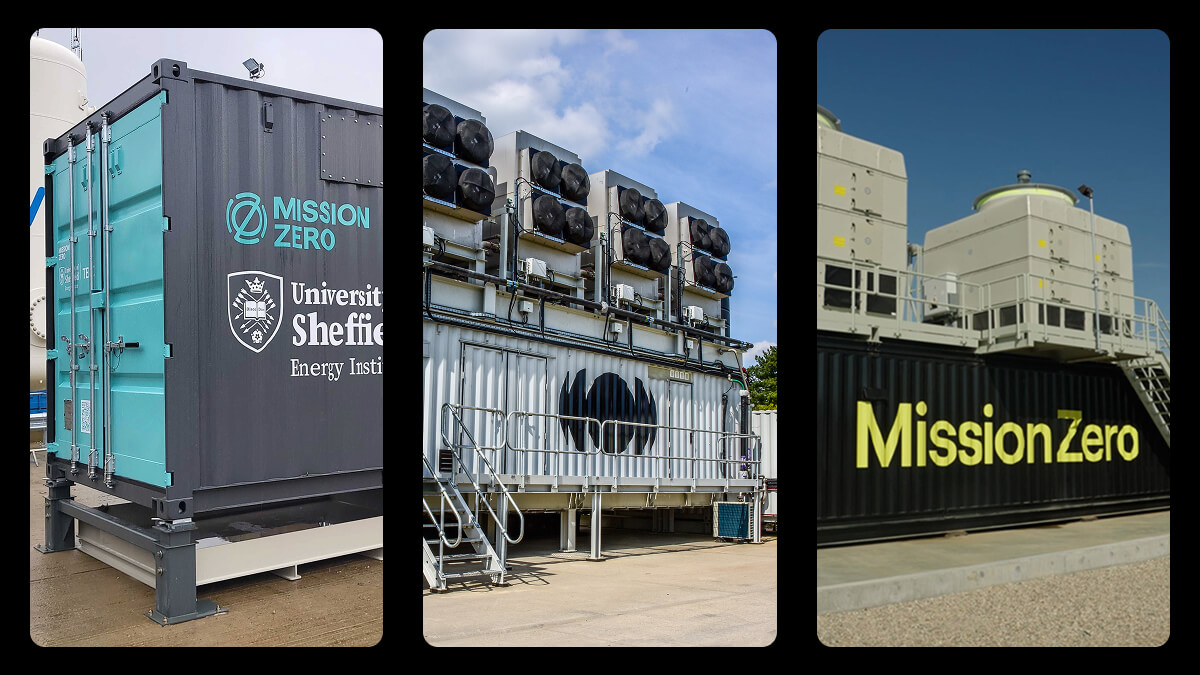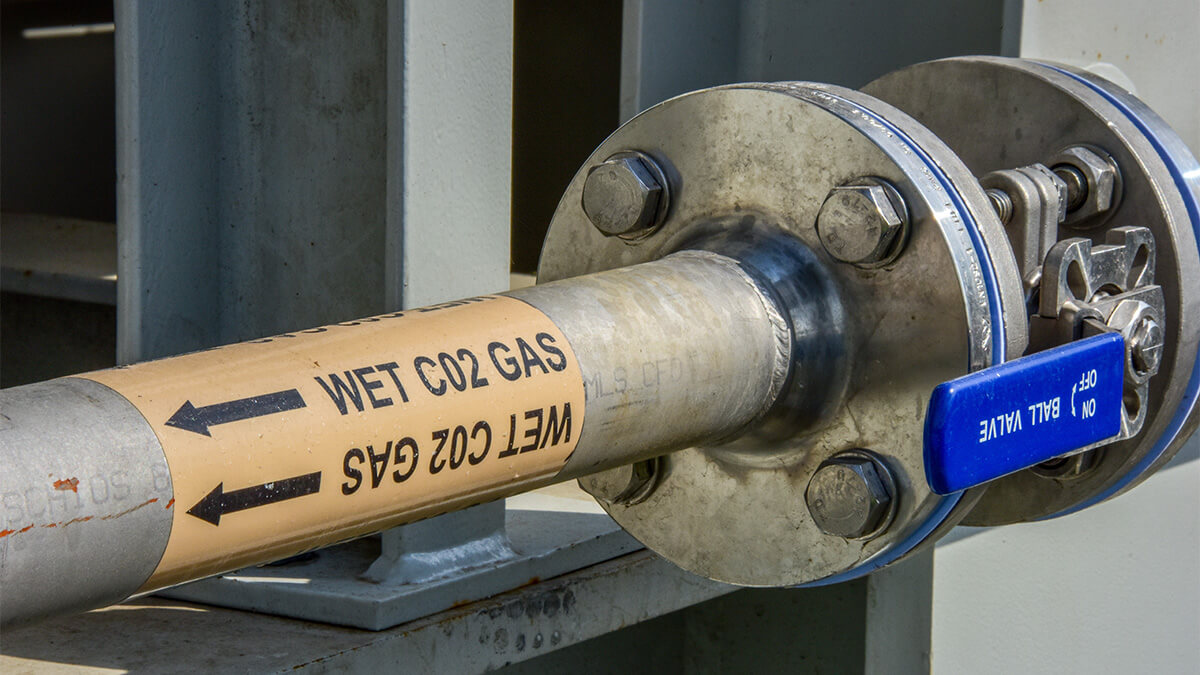
In order to scale to deliver meaningful climate impact, direct air capture technology needs to urgently prove a path to economic viability. As its main cost driver, energy consumption lies at the heart of this challenge.
Increasing the energy efficiency of direct air capture is a priority for every DAC developer, yet achieving it alone won’t drive down DAC’s levelised cost of capturing CO₂.
New electrochemical direct air capture approaches like Mission Zero’s offer huge energy advantages beyond the baseline of increased efficiency to deliver the optimal energy usage for any given situation. Here’s a breakdown of how the energy flexibility offered exclusively by electrified systems can unlock new advantages for scaling affordable DAC this decade.
Electrochemical direct air capture’s energy advantage
You’ll likely have heard that electrochemical direct air capture (EDAC) technologies are more energy efficient than heat-based ones. This is certainly the case for some EDAC approaches due to the fact that they apply energy selectively to the CO₂ they capture instead of the entire capture medium, and suffer less from thermal energy losses to the environment. They can also operate over a wide range of temperatures and pressures, removing the need for additional heating or vacuums. Finally, being entirely electric, they don’t need to use fossil-based sources of energy.
On top of the potential energy benefit, electrochemical direct air capture technologies offer something more: energy flexibility. They exhibit non-linear relationships between current (rates of reaction) and voltage (energy), have a wide operating window, and can respond to a change of power input in the millisecond to second timescale.
All of this allows electrochemical direct air capture systems to be highly customised to a specific deployment. You can flexibly ramp energy use up and down to increase or decrease the recovery of CO₂ from the air — continuously optimising the production of CO₂ for a specific energy profile, as well as improving its overall carbon intensity.
How energy flexibility can reduce the cost of direct air capture
The general assumption is that the less energy you use for DAC the better. Yet, in reality, every DAC technology has a Goldilocks Zone — a cost-optimal power consumption that is not the minimum operating power consumption. This zone is determined by many factors, including the productivity of the plant, the cost of equipment, replacement rates of equipment, energy price, embodied carbon, and the carbon intensity of the electricity.
Finding the optimum balance of these factors is ultimately what determines a system’s levelised cost of capture — and it’s here that energy flexibility offers a huge advantage for DAC CapEx and OpEx savings.
Producing more CO₂ when clean energy is cheapest
In a world where the price, availability, and demand for green energy is highly variable, electrochemical technologies can optimise for these variables. You can drive the system harder at times when the price of renewable energy is lowest — regenerating CO₂ as cheaply as possible — and ramp it down when energy is more expensive or scarce.
This can be applied to also directly increase the profitability of renewable energy infrastructure itself. By co-locating an electrochemical direct air capture system with renewable infrastructure, surplus renewable energy that cannot be fed into the grid can instead be used to recover CO₂ from the atmosphere — providing a revenue stream for energy that would otherwise go unused, all while delivering an additional climate benefit.

Optimising the system’s overall materials efficiency
There is an aspect to the cost of DAC which is not being openly discussed when we look at energy price and consumption in isolation: the cost of materials. The electrochemical componentry that makes up any given electrochemical DAC system has a productive life span and needs to be periodically replaced. The cost of doing this feeds into the ongoing operational expenditure of a DAC plant.
One of the best ways to decrease this CapEx cost is to increase your materials efficiency — making better use of your physical resources so that you can do more with less. The electrochemical cells in our first-generation technology produce more CO₂ when driven with a higher current density, meaning it’s more cost-efficient to use more than the minimum amount of energy. Therefore, in scenarios with an abundance of cheap or curtailed renewable energy, ramping up energy consumption rates can reduce the levelised cost of capture.
Paying off the system’s embodied carbon debt faster
Every DAC plant has a carbon debt, which is the total carbon emitted in order to produce, construct, and eventually decommission it. Plants need to pay off this debt before they can start providing carbon removal services to buyers, but that repayment period completely depends on the productivity of the plant and the carbon intensity of the energy that it uses.
Renewable energy, such as solar, has very low associated carbon intensity (<10 gCO₂/kWh), but curtailed energy that cannot be fed into the grid essentially has zero associated carbon emissions, since it would have been otherwise wasted. Increasing the power consumption of electrochemical DAC using renewable energy that would otherwise go unused therefore reduces the carbon debt repayment time, allowing developers to generate removal credits sooner.

The bottom line on electrochemical DAC
- Energy consumption is direct air capture’s biggest cost driver — it simply takes a lot of energy to separate carbon from the air.
- Electrochemical approaches offer one of the most energy efficient pathways for recovering CO₂ from the atmosphere through direct air capture.
- Energy efficiency in DAC is something that we should strive for, but it’s not something that necessarily means ‘cheaper’ or even ‘greener’.
- Energy flexibility — the ability to continuously tailor consumption to a local energy environment — makes electrochemical DAC solutions some of the most sustainable and cost-optimal for deployment at scale.








